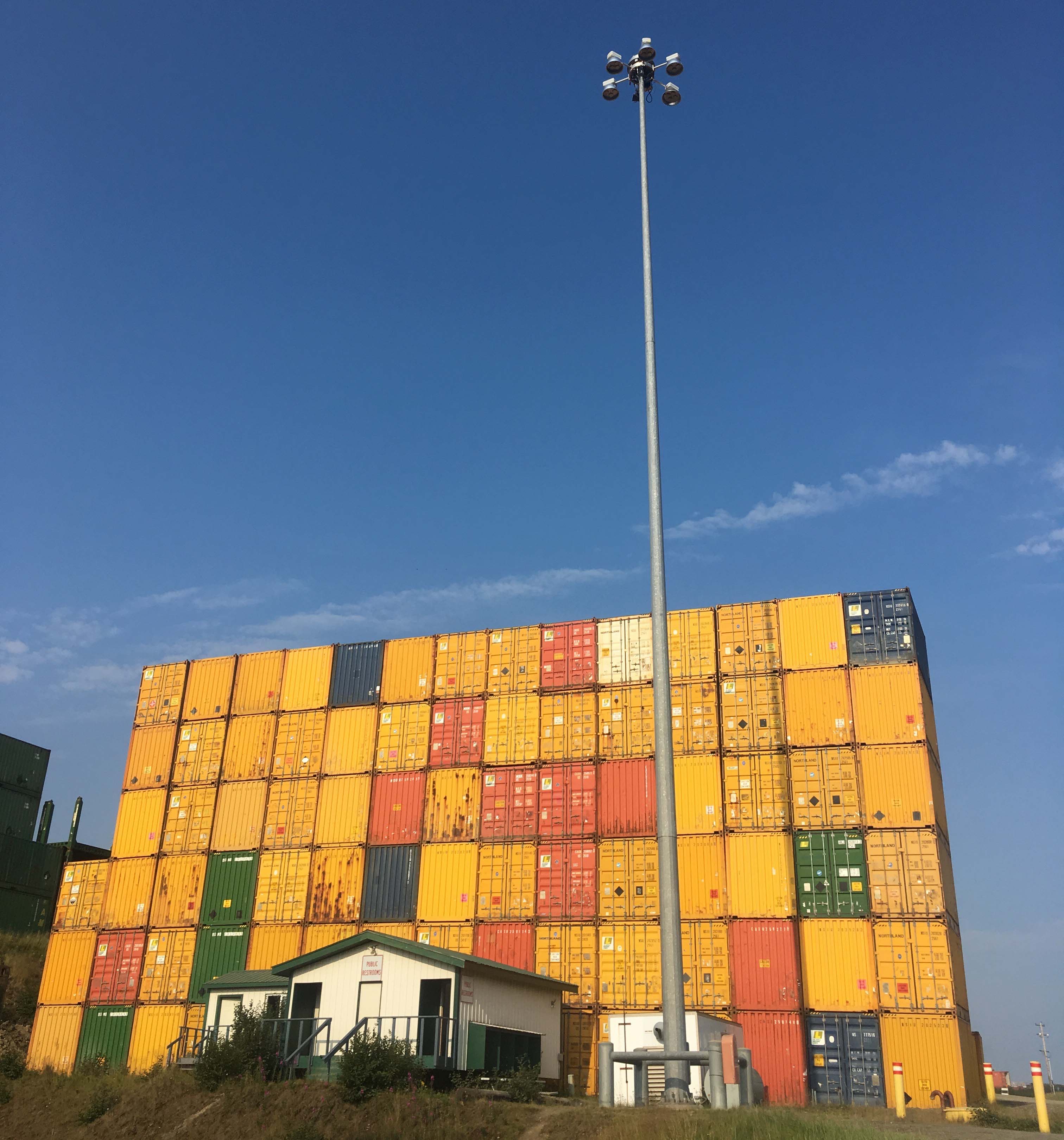Bristol Bay is a weird one. Fishermen work most of the season without knowing how much they will be paid for their catch.
This week, more than a month after the season began, major processors like Trident Seafoods and OBI Seafoods announced an ex-vessel base price of $0.70 per pound for Bristol Bay sockeye, just over half last season’s base of $1.35. Predictably, the fleet was not happy.
Exhausted fishermen had just scooped up a harvest of more than 37 million fish, much it over a two-week period that came after a slow start gave way to a wall of fish on July 4, setting off a string of historic days with over 2.5 million-fish harvests. The surge overextended not just processors — most were forced to put fishermen on poundage limits — but skippers and deckhands as well. So when tired, hurting fishermen heard this week they would, for now, take an almost 50 percent price reduction, many of them were fuming.
Bristol Bay Regional Seafood Development Association Executive Director Andy Wink told National Fisherman the consternation is justified.
“The fishermen are so mad, and all I’m saying right now is that I can’t understand this price. I’m not saying it’s necessarily unreasonable, it’s just that it’s not supported by the data that I have access to,” said Andy Wink, pointing out that salmon supply is low and retail prices are higher than the past two years, when strong prices culminated in fishery’s most lucrative season ever in 2019.
Wink published an analysis this week on the BBRSDA website that used historical and current data to estimate final ex-vessel price. The model he used came within six cents of calculating the correct price since 2011, and turned up a final ex-vessel price of $1.43 for 2020. That price includes incentives — for example, this season Peter Pan Seafoods’ fishermen can get up to a quarter more a pound for chilled, bled and floating fish — and any adjustments for fish sold later in the year, when diminishing supply often bumps up prices.
The model’s estimated 2020 base price, Wink pointed out, is closer to $1.20, and that we could see significant adjustments over the coming year, but it is still a far cry from the $0.70 fishermen are getting out of the gates. He added processors have more access to data than anyone else, and thinks there should be more transparency on that data.
“There was no indication as to why these prices are what they are. Fishermen are being told they’ll be paid roughly half of last season with no explanation,” Wink said.
The wild card here, of course, is covid-19. Processors pumped money into safety measures, quarantines, chartered flights, and PPE, but no one knows exactly how much. Wink said transparency here, too, could go a long ways toward processors protecting their relationships with their fleets.
“I get that they spent money, and I’m sure for some it was a lot. But if you view fishermen as partners, there has to be some transparency. Processors need to say, ‘This was a different, extraordinary year. We had to deal with covid-19, that had costs, and here’s what they are,” Wink said.
When the base price was announced, message boards on fishermen’s groups flooded with prices for fresh Bristol Bay sockeye from around the country, with reports ranging from $8.99 to $26 a pound. Wild Alaska sockeye was advertised at Seattle’s Pike Place Fish Market for $29.99 a pound.
According to data from Urner Barry acquired by the BBRSDA, the average price for sockeye fillets compiled from retail promotions at 45 stores in July of this year is $12.69, a bump from last year when it was $12.19, with 2018’s July promotions averaging $11.50.
“It’s a question: Why are we seeing lower ex-vessel prices when we’re seeing higher retail prices in the U.S. and lower sockeye harvests?” Wink said.
It is a question many fishermen will have for their processors as well — after they get some sleep.







